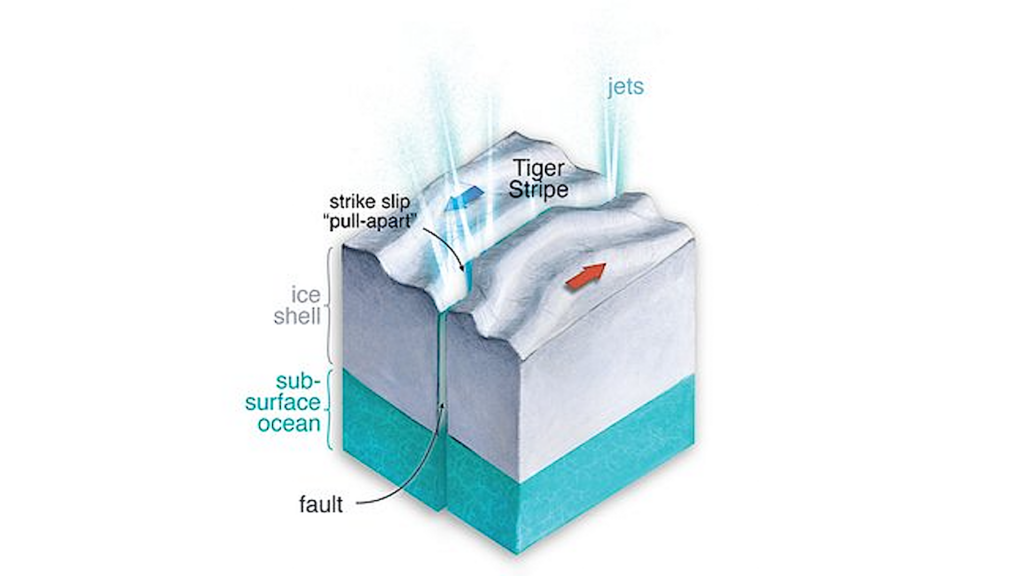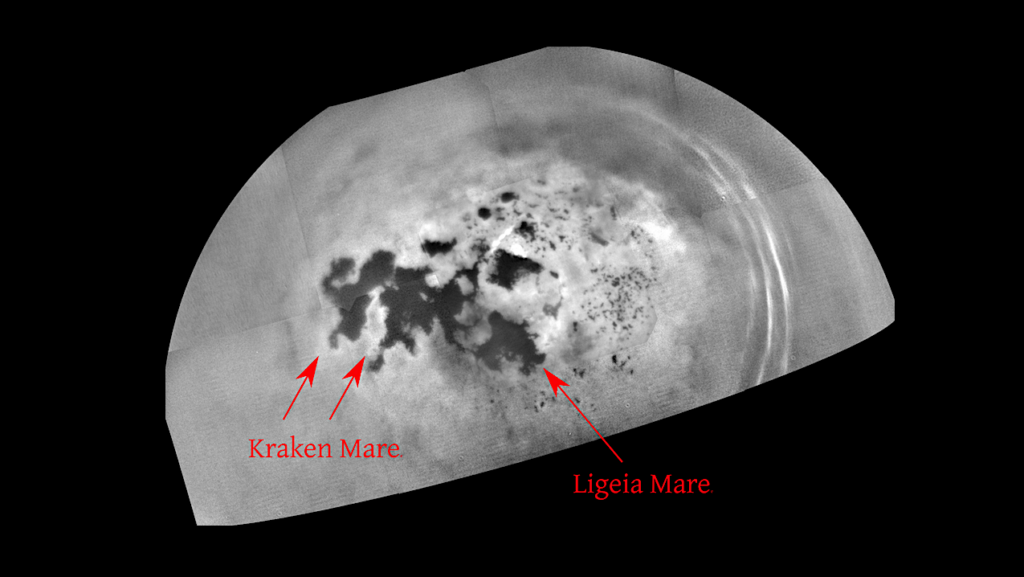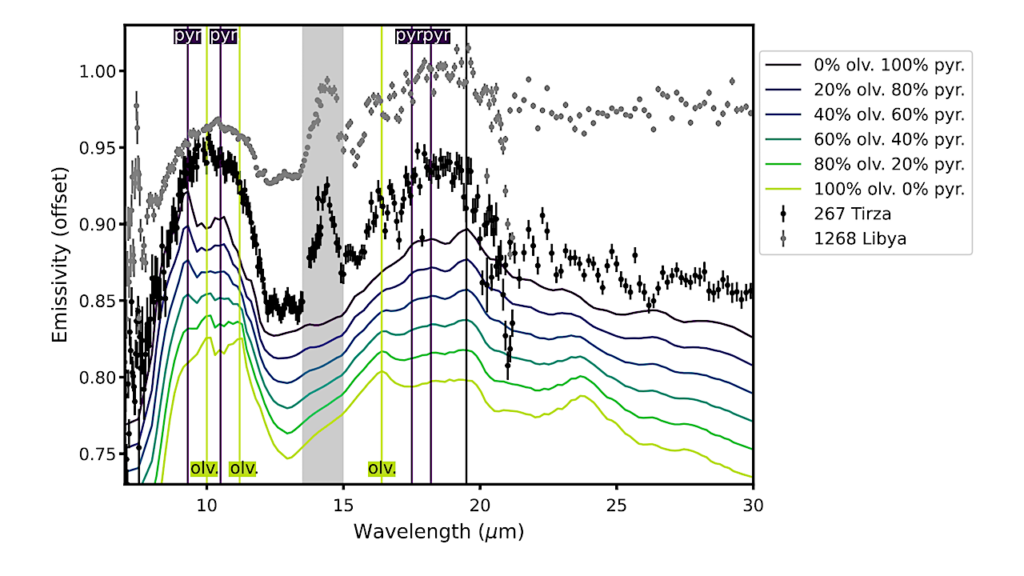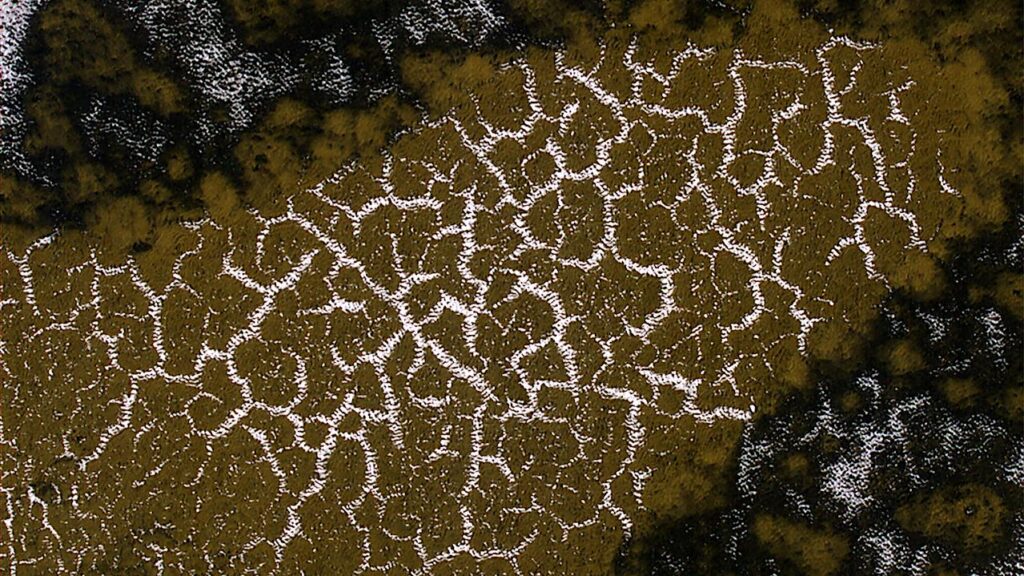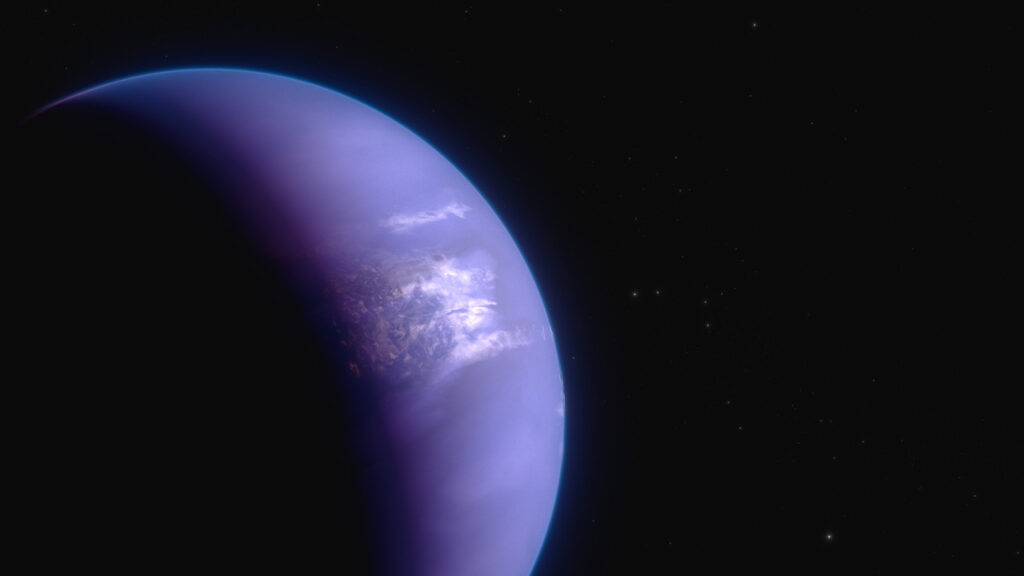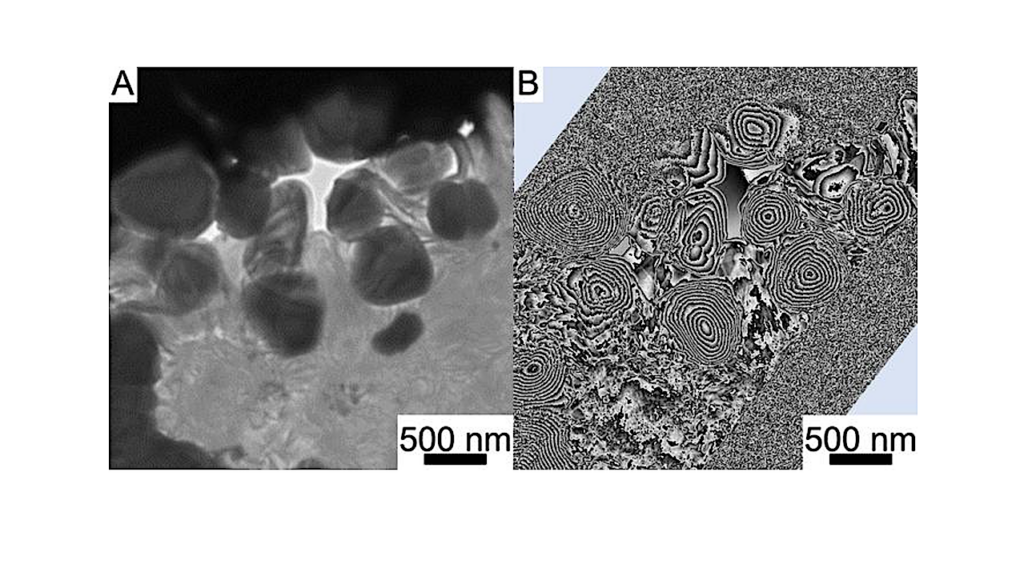Direct Detectability Of Tidally Heated Exomoons By Photometric Orbital Modulation

(Aims) We investigate whether volcanic exomoons can be detected in thermal wavelength light curves due to their phase variability along their orbit. The method we use is based on the photometric signal variability that volcanic features or hotspots would cause in infrared (IR) wavelengths, when they are inhomogeneously distributed on the surface of a tidally heated exomoon (THEM).
(Methods) We simulated satellites of various sizes around an isolated planet and modeled the system’s variability in two IR wavelengths, taking into account photon shot noise. The moon’s periodic signal as it orbits the planet introduces a peak in the frequency space of the system’s time-variable flux. We investigated the THEM and system properties that would make a moon stand out in the frequency space of its host’s variable flux.
(Results) The moon’s signal can produce a prominent feature in its host’s flux periodogram at shorter IR wavelengths for hotspots with temperatures similar to the ones seen on the Jovian moon, Io, while the same moon would not be identifiable in longer IR wavelengths. By comparing observations at two different wavelengths, we are able to disentangle an exomoon’s signal from the planet’s one in the frequency domain for system distances up to ∼10 pc for Mars-sized exomoons and even further for Earth-sized ones for transiting and non-transiting orbital inclinations.
(Conclusions) This method enlarges the parameter space of detectable exomoons around isolated planetary mass objects and directly imaged exoplanets, as it is sensitive to Io-Earth sized exomoons with hot volcanic features for a wide range of non-transiting orbital inclinations. Exomoon transits and the detection of outgassed volcanic molecules can subsequently confirm a putative detection.
E. Kleisioti, D. Dirkx, X. Tan, M. A. Kenworthy
Comments: Accepted for publication in A&A
Subjects: Earth and Planetary Astrophysics (astro-ph.EP); Instrumentation and Methods for Astrophysics (astro-ph.IM)
Cite as: arXiv:2405.01970 [astro-ph.EP] (or arXiv:2405.01970v1 [astro-ph.EP] for this version)
Submission history
From: Evangelia Kleisioti
[v1] Fri, 3 May 2024 09:53:12 UTC (1,229 KB)
https://arxiv.org/abs/2405.01970
Astrobiology,


